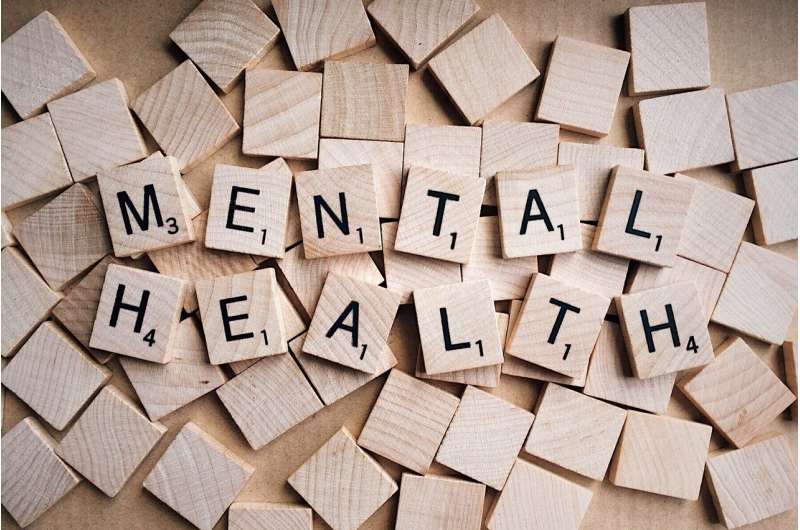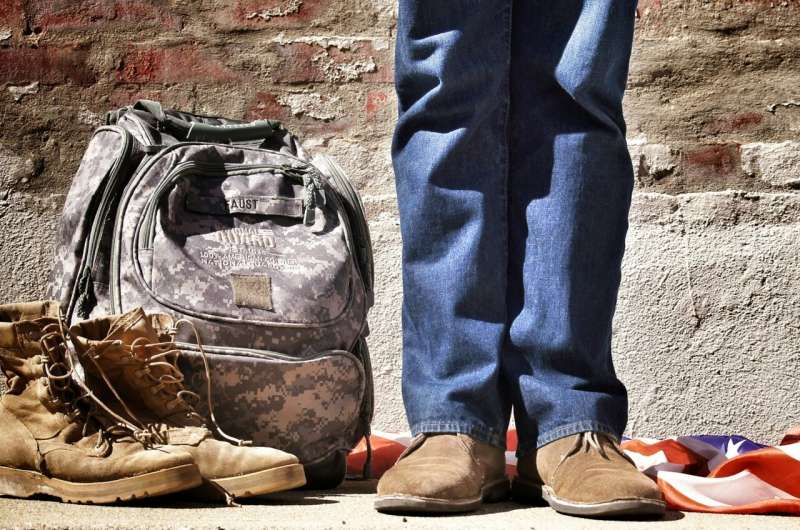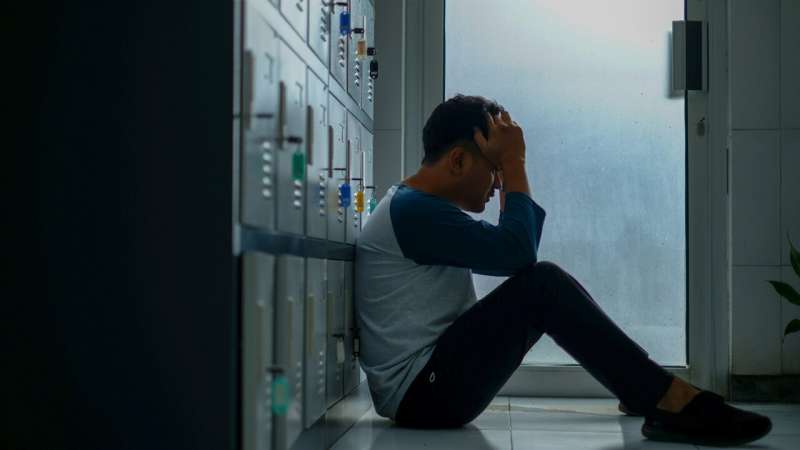Addressing the Need for Pediatric Psychiatric Beds Amid Community Resistance

The ongoing shortage of mental health treatment facilities for children has become a pressing issue across the United States, and St. Louis is no exception. Recently, a case highlighted this crisis when a 14-year-old boy in suburban St. Louis was taken to Mercy Hospital after his mother discovered a suicide note, following a concerning warning from classmates. Despite the urgent need for inpatient psychiatric care, the hospital lacked available beds, resulting in the teen spending three days in a secured emergency room area with limited outpatient visits.
This situation underscores a nationwide trend where psychiatric "boarding"—children waiting in emergency departments for inpatient beds—has surged due to rising mental health crises among youth. A study published in Pediatrics reported a 66% increase in children spending at least two days awaiting psychiatric placement from 2017 to 2023, with nearly 17,000 cases recorded.
Locally, leaders at St. Louis Children's Hospital propose opening a 77-bed pediatric mental health hospital in Webster Groves to alleviate this shortage. However, community opposition has emerged, with residents expressing concerns over safety and property values. Similar resistance has been encountered across the country in states like California, Colorado, and New York, where proposals for new psychiatric facilities faced public pushback rooted in stigma.
Mental health advocates argue these fears are often unfounded and rooted in misconceptions. Experts emphasize that placing children with mental health needs close to their families and communities is vital for effective treatment, just as physically ill children are treated near their homes. Data indicates that youth suicides increased by 62% between 2002 and 2022, highlighting the severity of the crisis.
At Webster Groves, local officials approved rezoning for a facility proposed by St. Louis Children's Hospital and KVC, a behavioral health provider, to convert a historic site into inpatient and residential beds. While some residents cite concerns about safety and disruption, proponents believe that accessible mental health care infrastructure is essential for community well-being.
The debate exemplifies the broader challenge of balancing community concerns with the urgent need for expanded mental health services for vulnerable children. Experts advocate for destigmatizing psychiatric treatment facilities and prioritizing youth mental health to address the rising tide of mental health issues among young Americans.
Stay Updated with Mia's Feed
Get the latest health & wellness insights delivered straight to your inbox.
Related Articles
Implicit Bias and Its Effect on Prosocial Effort in Autistic and Non-Autistic Individuals
Societal stigma and implicit biases influence how much effort autistic and non-autistic individuals put into charitable actions, highlighting the importance of addressing unconscious attitudes to foster inclusivity.
Military Discharge: Challenges, Impact, and Opportunities for Better Transition Support
Recent research reveals critical issues in military discharge processes that can impact veterans' mental health and highlight the need for improved transition support.
Record High in Gun Suicides in the United States in 2023
In 2023, gun suicides in the U.S. reached a historic high, making up over half of all gun-related deaths. Young people and older men are most affected, highlighting urgent need for targeted prevention efforts.
UK's PTSD Economic Impact Exceeds £40 Billion Annually, New Study Finds
A recent study reveals that the UK's annual cost of PTSD exceeds £40 billion, highlighting significant hidden societal and economic impacts that require urgent attention.



